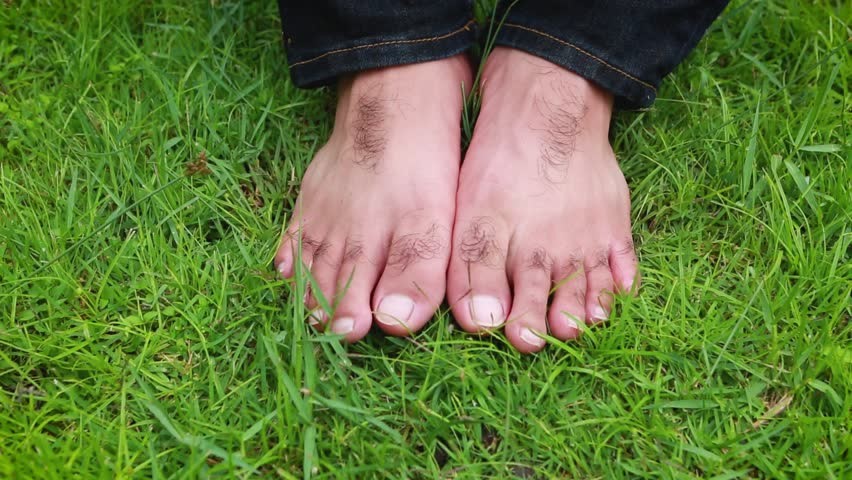Maturing and Foot Care
A long time of tear and wear can be difficult for our feet. So can infection, poor flow, toenails not properly trimmed and wearing shoes that don’t fit appropriately. Issues with our feet can be the principal indication of severe medical conditions, for example, circulatory and nerve disorder, diabetes and arthritis.
How to prevent foot trouble
Try to allow blood flow around your feet for as much as could reasonably be expected. Do this by putting your feet up when you are sitting or resting, and sometimes stretching if you’ve had to sit for quite a while, strolling, having your feet massaged, or bathing your feet. Shoes that are not your proper size can strain your legs so avoid them. Do not open your feet to cool temperatures. If your legs are crossed, do not sit down or a long time.
Basic Foot Problems
Parasitic and Bacterial Conditions, including athlete’s foot, happen in light of the fact that our feet are buried for a long time in shoes – a warm, dim, moist place that is ideal for organism to develop. Parasitic and bacterial conditions can cause dry skin, redness, peeling, itching and blisters. If not treated immediately, a contamination might be difficult to cure. If not treated appropriately, the disease may reoccur. To avert diseases, keep your feet – particularly the territory between your toes – spotless and dry. Change your sock and shoes frequently to help keep your feet dry. Apply foot powder to your feet to also keep them dry. If within 2 weeks and your feet condition isn’t getting any better, visit a physician.
Corns and calluses are caused by grinding and weight when the hard parts of your feet rub against your shoes. On the off chance that you have calluses or corns, see your specialist. Some of the time wearing shoes that fit better or utilizing a specific shoe pad or cushions takes care of the issue. Treating corns and calluses yourself is not recommended, particularly on the off chance that you have diabetes or improper blood flow. Drugs not properly prescribed contain acids that devastate the tissue but do not treat the condition. Most times, these drugs lessen the requirement for surgery, yet check with your specialist before utilizing them.
Bunions are created when the joints in your huge toe never again fit together as they ought to end up plainly swollen and delicate. Bunions tend to keep running in families. On the off chance that a bunion isn’t serious, wearing special pads that easies the bunions, tapping your foot and wearing shoes that cuts wide at the toes and insteps may help the agony. Other forms of treatment include exercise based recuperation and wearing orthotic gadgets or shoe embeds. A specialist can likewise recommend cortisone drugs or anti-inflammatory drugs if the pain is much. In some cases, surgery is expected to mitigate the weight and repair the toe joint.
Hammertoe is caused by a shortening of the ligaments that control toe developments. The toe knuckle is generally expanded, moving the toe back. After some time, the joint grows and solidifies as it rubs against shoes. At this point, balancing is influenced. Wearing socks and shoes with a lot of toe room is an ideal way to treat hammertoe. In intense cases, surgery might be required.
Spurs are calcium developments that are formed on bones of your feet. Muscle strains in the feet can cause this. If you are overweight or wear badly fitted shoes or stand for too long, it could make the issue worse. Now and then, spurs are totally painless – at different circumstances they can be exceptionally painful. Medications for spurs are usually using heel cups, heel pads and feet support. In some cases, surgery is required.
